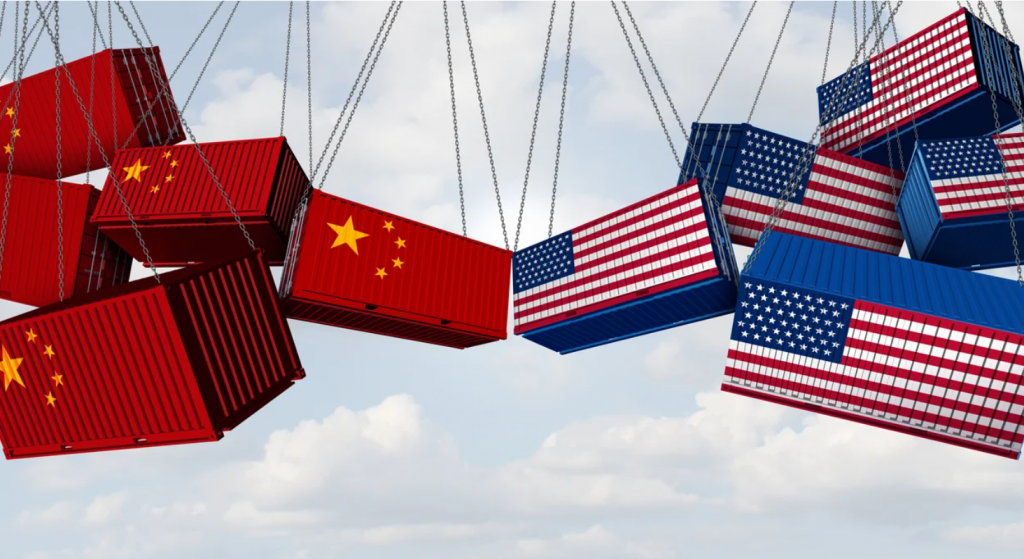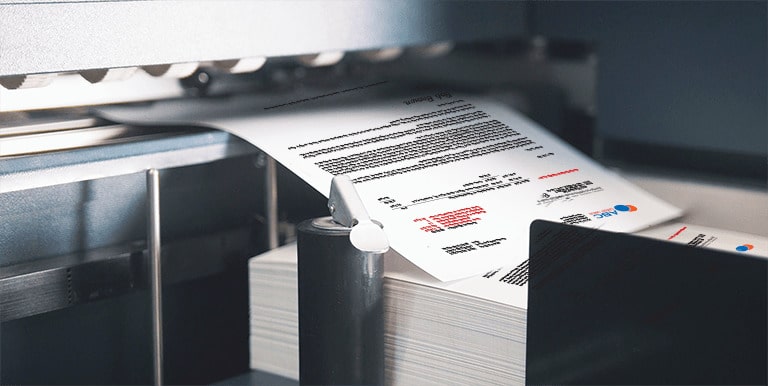Essential Guide to China US Tariff Compliance in 2025 navigating the labyrinth of international trade is no small feat, especially when it comes to the intricacies of tariffs imposed between two economic giants: China and the United States. As we venture into 2025, understanding the China US tariff compliance rules has become indispensable for businesses, importers, exporters, and policymakers alike. This essential guide will walk you through the key aspects of these regulations, their evolving nature, and strategies to maintain compliance while thriving in a complex global marketplace.

The Landscape of China US Tariffs in 2025
The trade relationship between China and the US has been a rollercoaster ride, marked by negotiations, tariffs impositions, and periodic agreements. Tariffs, which are essentially taxes levied on imported goods, have long been wielded as instruments of economic strategy and negotiation leverage.
In 2025, these tariffs remain a focal point in the bilateral trade framework, influencing everything from consumer prices to supply chain logistics. Understanding the China US tariff compliance rules is not just about avoiding penalties but also about optimizing trade operations and safeguarding profitability.
What Are China US Tariff Compliance Rules?
At its core, China US tariff compliance rules encompass the legal frameworks and procedural requirements that businesses must follow when importing or exporting goods subject to tariffs between China and the United States. These rules cover a wide range of aspects including accurate tariff classification, valuation of goods, country of origin determination, and adherence to documentation standards.
Failure to comply can lead to severe consequences such as fines, shipment delays, or even bans from trading in certain goods. Therefore, compliance is both a legal obligation and a strategic necessity.
The Importance of Accurate Tariff Classification
One of the pillars of China US tariff compliance rules is the accurate classification of goods under the Harmonized Tariff Schedule (HTS). The HTS system categorizes products into specific codes, each associated with a tariff rate.
A misclassification, intentional or accidental, can result in underpayment or overpayment of tariffs, both of which have implications. Underpayment risks penalties and audits, while overpayment affects profit margins unnecessarily.
Companies must invest in meticulous product analysis, often collaborating with customs brokers and trade compliance experts, to ensure the right classification.
Understanding Rules of Origin and Their Role
Rules of origin determine the country where a product was manufactured or substantially transformed. In the context of China US tariff compliance rules, this is a critical factor because tariff rates can vary significantly depending on the product’s origin.
The complexity arises when goods undergo multi-stage manufacturing processes in multiple countries. Determining whether a product qualifies as “Made in China” or “Made in the US” or another country affects tariff liabilities.
Companies need to maintain thorough records of supply chain activities and manufacturing processes to substantiate origin claims during customs inspections.
Valuation of Goods: More Than Just a Price Tag
Tariff calculation depends heavily on the declared value of imported goods. The China US tariff compliance rules specify methodologies for valuing goods, which generally revolve around transaction value, or the price paid or payable for the goods.
However, valuation is rarely straightforward. Costs such as freight, insurance, and royalties can impact the declared value. Overvaluation can lead to unnecessary tariff payments, while undervaluation invites regulatory scrutiny.
Compliance demands transparency and adherence to valuation standards as stipulated by both Chinese and US customs authorities.
Documentation and Record-Keeping Requirements
Proper documentation is the backbone of China US tariff compliance rules. Customs authorities require detailed paperwork including commercial invoices, packing lists, certificates of origin, and import/export licenses.
Meticulous record-keeping is essential, as customs audits and investigations can occur years after the transaction. Companies are advised to maintain comprehensive and organized documentation to respond swiftly to any inquiries.
Digitalization of records is gaining traction, allowing quicker retrieval and enhanced accuracy in compliance reporting.
Navigating Tariff Exemptions and Relief Programs
An often overlooked but crucial part of China US tariff compliance rules involves understanding tariff exemptions, reductions, and relief programs. Various trade agreements, humanitarian exemptions, and special economic zones provide avenues for reduced tariff obligations.
For instance, some high-tech or environmentally friendly products may qualify for exemptions or lower rates. However, claiming such benefits requires adherence to stringent criteria and documentation standards.
Staying informed about evolving exemptions is essential for businesses aiming to capitalize on cost-saving opportunities.
The Impact of Tariffs on Supply Chains
The imposition of tariffs inevitably reverberates through supply chains. Many businesses have had to reconsider sourcing strategies, diversify suppliers, or even relocate manufacturing to mitigate tariff burdens.
Compliance with China US tariff compliance rules extends beyond paperwork to strategic operational decisions. A tariff increase can inflate costs, delay shipments, and alter competitive dynamics.
Proactive supply chain management, including regular tariff impact assessments and scenario planning, is vital for resilience in this environment.
Technology’s Role in Enhancing Compliance
In 2025, technology plays an increasingly pivotal role in managing China US tariff compliance rules. Advanced software solutions integrate tariff databases, automate classification, and facilitate real-time regulatory updates.
Artificial intelligence and machine learning enhance predictive analytics, helping companies forecast tariff changes and optimize import/export decisions.
Digital platforms also streamline communication with customs authorities, reducing errors and accelerating clearance processes.
Common Challenges in Tariff Compliance
Despite the availability of resources, businesses face several challenges in adhering to China US tariff compliance rules. These include:
- Ambiguities in product classification leading to inconsistent tariff rates.
- Complex supply chains obscuring rules of origin.
- Frequent regulatory changes requiring constant vigilance.
- Coordination difficulties between multiple stakeholders like suppliers, freight forwarders, and customs brokers.
Overcoming these challenges requires investment in expertise, technology, and continuous education.
Tips for Achieving Robust Tariff Compliance
To excel in China US tariff compliance rules, businesses should:
- Conduct regular training for staff on current tariff regulations.
- Collaborate closely with customs brokers and legal experts.
- Implement automated compliance tools.
- Maintain transparent and detailed supply chain documentation.
- Monitor policy changes through reliable information sources.
- Engage in strategic tariff planning and risk assessment.
The Future Outlook of China US Tariff Relations
Looking ahead, the landscape of China US tariff compliance rules is expected to evolve in response to geopolitical shifts and economic policies. Trade agreements might ease tensions or introduce new complexities.
Businesses that cultivate agility, embrace technological innovation, and prioritize compliance will be best positioned to navigate these changes.
Mastering the China US tariff compliance rules is no longer optional but a fundamental element for anyone involved in cross-border trade between these two economic powerhouses. From classification to valuation, documentation to strategic planning, each piece of the puzzle contributes to smooth and lawful international commerce.
As 2025 unfolds, staying informed and proactive will empower businesses to not just comply, but to thrive in the dynamic world of China US trade tariffs. The right knowledge and tools transform compliance from a daunting challenge into a competitive advantage.




